Wasp
Natural history: Wasps are in the same order as bees but have a few differences. Wasps are predators and feeds on other insects, as well as sugary nectar and fruits. They can also sting repeatedly but only tend to do so when disturbed or threatened.
Observation Tips: Look out for those black and yellow warning stripes. Less hairy than bees. Obvious ‘waist’ area and triangular shaped head.

Tick
Natural history: Ticks are arachnids which means they are related to spiders rather than insects. Ticks are parasites, which means that they live on another organism and in this case feed on blood. They are only small but some may carry diseases which are harmful, so best to avoid them if you can!
Observation Tips: Ticks have 8 legs and oval bodies which swell up when they’ve fed.
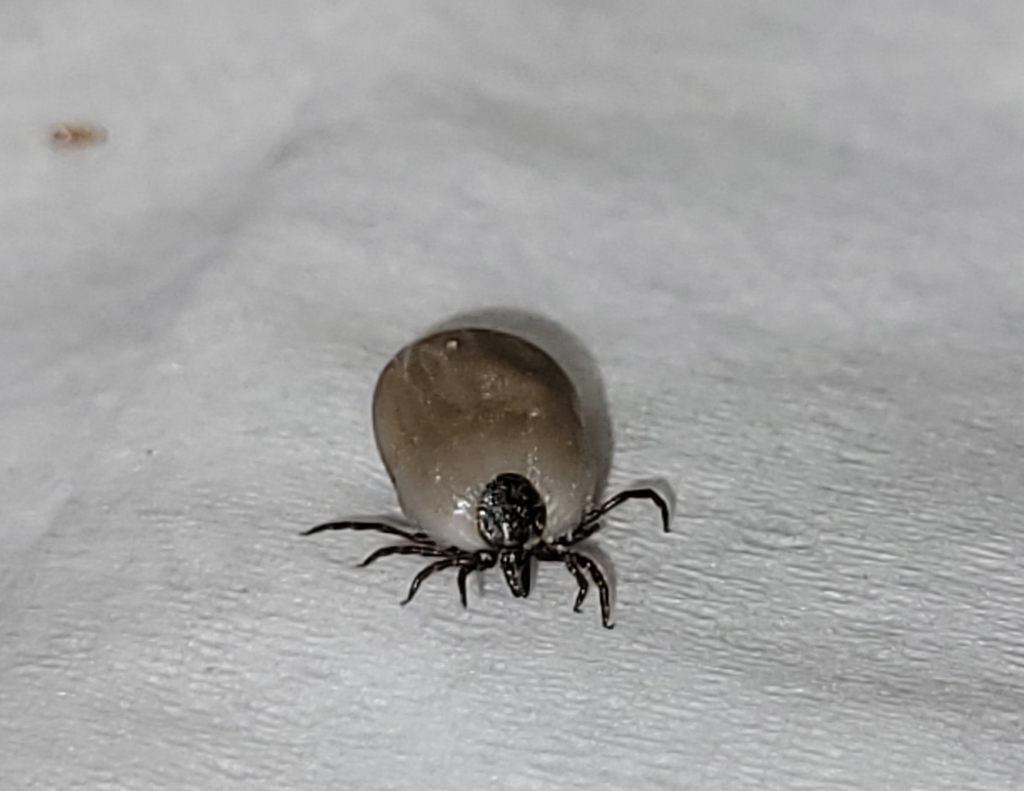
Springtail
Natural history: Springtails have 6 legs, 2 antennae but are not insects! They are related to insects but are wingless and very small, with even the largest reach just over half a centimetre. They come in different shapes with some thinner and longer whilst others are rounder. They often live in and feed on leaf litter.
Observation Tips: Springtails have 6 legs but several body segments.
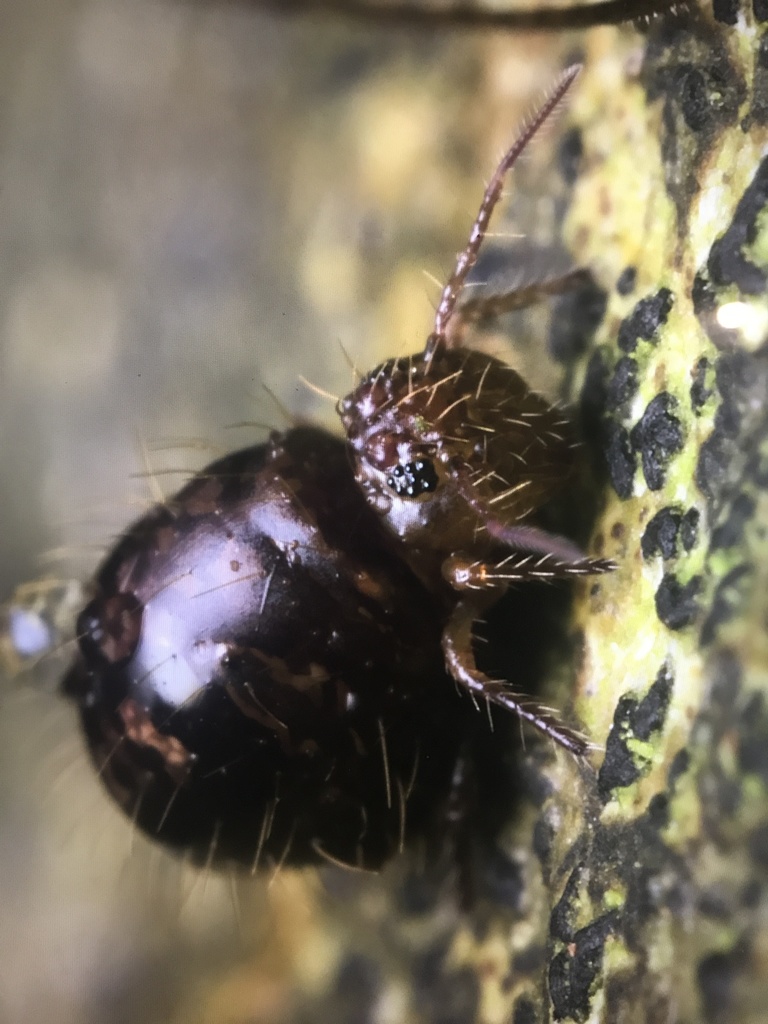
Slug
Natural history: Slugs are relatives of snails but without the shells. They do however have a harder plate just underneath their top surface. There are just over 40 species of slug found in the UK, only a few of which are considered pests for eating up crops and garden plants!
Observation Tips: Slugs have long, slimy bodies with no legs and 2 eye stalks and 2 feelers on their head.
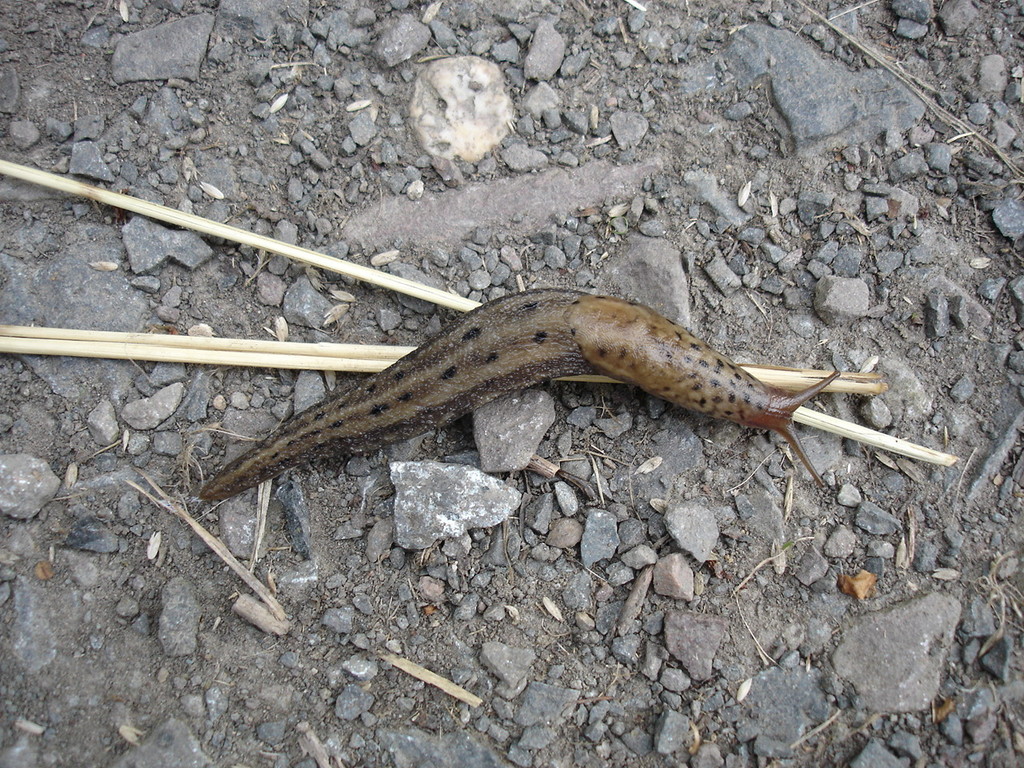
Shield bug
Natural history: Shield bugs have beak-like mouths which they use to pierce and suck out plant juices! They have flat, armoured looking bodies which often form a triangular shape. There are around 40 species of shield bug in the UK.
Observation Tips: Look for the shield bug’s flat and often triangular body.
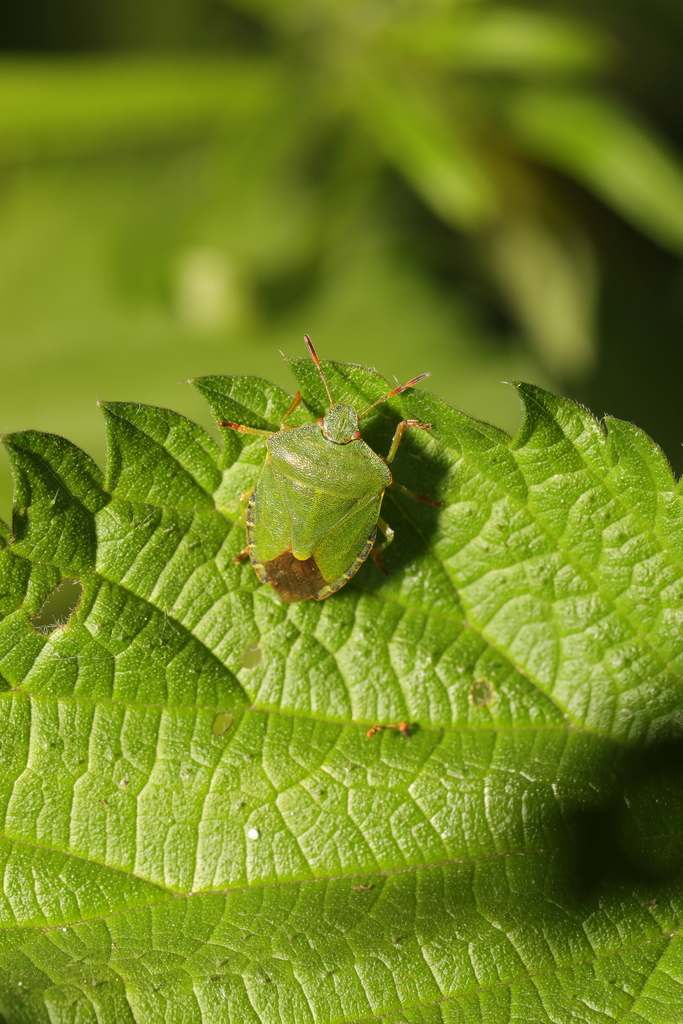
Moth
Natural history: Moths are relatives of butterflies but tend to have a few differences. They tend to be more active at night and look fatter and fluffier than butterflies. Whilst moths are often dull colours, others can be quite colourful like the elephant moth in this picture.
Observation Tips: Look out for their large wings which have big scales. Compared to butterflies, they tend to look fluffier with feathery antennae.
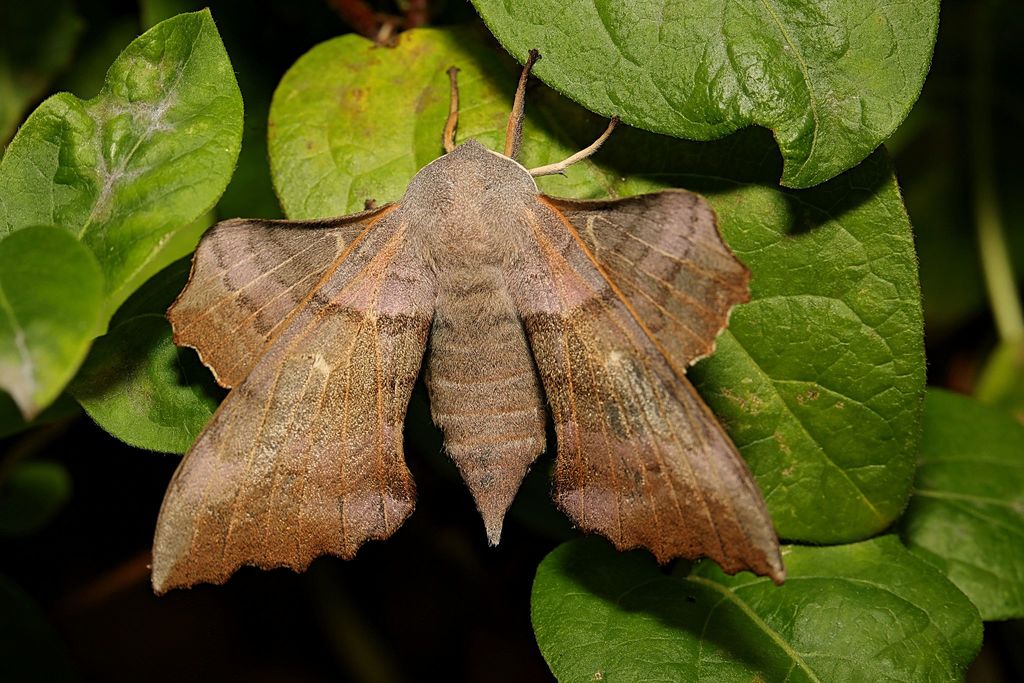
Millipede
Natural history: Millipedes are related to centipedes but have a few differences. They mostly eat dead and rotting plants and are not venomous. Millipedes also tend to stay still when disturbed whereas centipedes run away. Millipedes are some of the oldest land animals on the planet and first appeared 100s of millions of years ago!
Observation Tips: Millipedes have 2 legs per body segment which attach to the underside of their bodies.
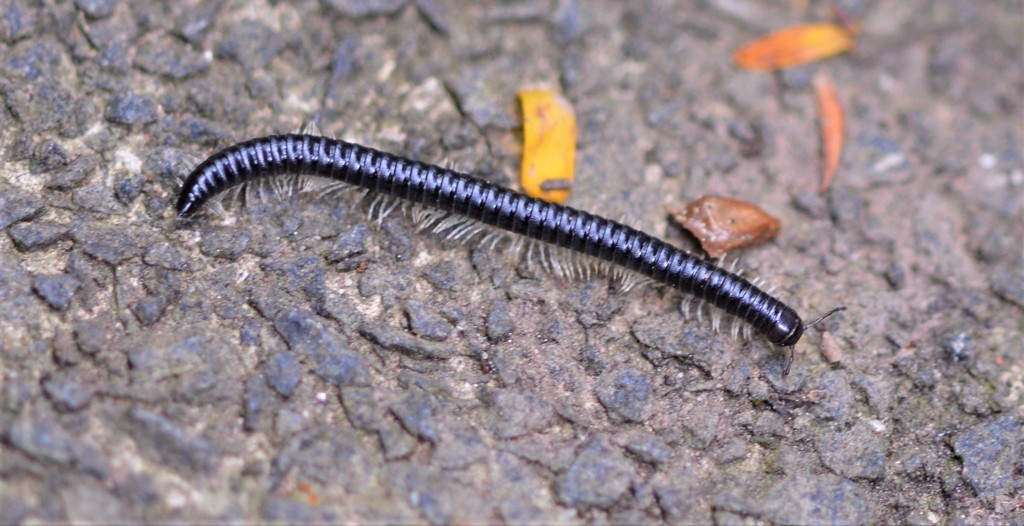

 English (United Kingdom)
English (United Kingdom)  Czech (Čeština)
Czech (Čeština)  Nederlands (nl-NL)
Nederlands (nl-NL)  Magyar
Magyar  Deutsch (Deutschland)
Deutsch (Deutschland)  Croatian (Hrvatski)
Croatian (Hrvatski)  Polski (PL)
Polski (PL)  Español (España)
Español (España)